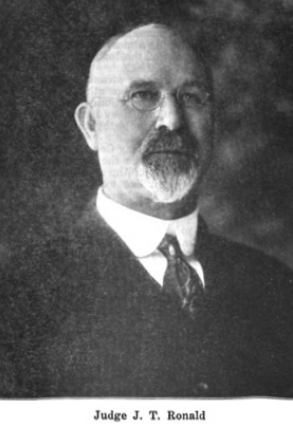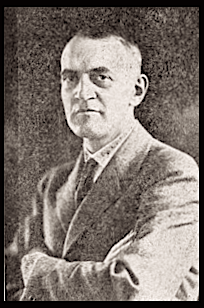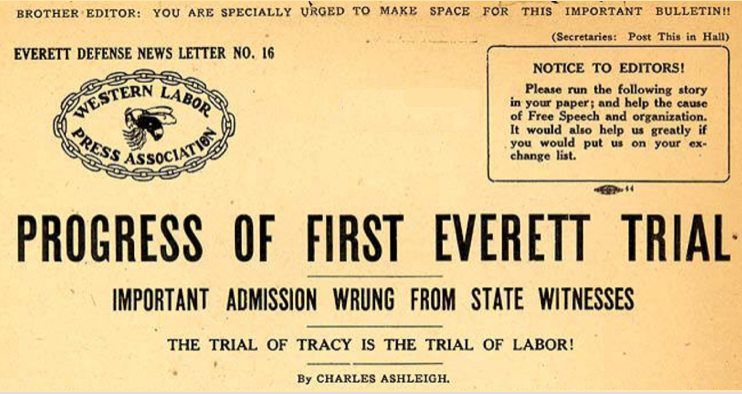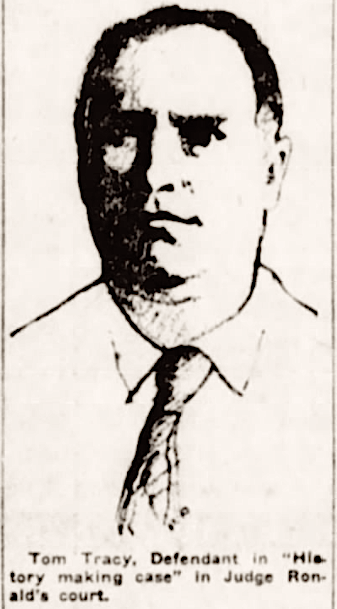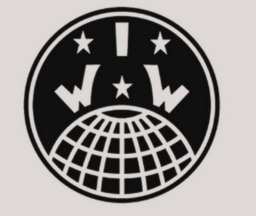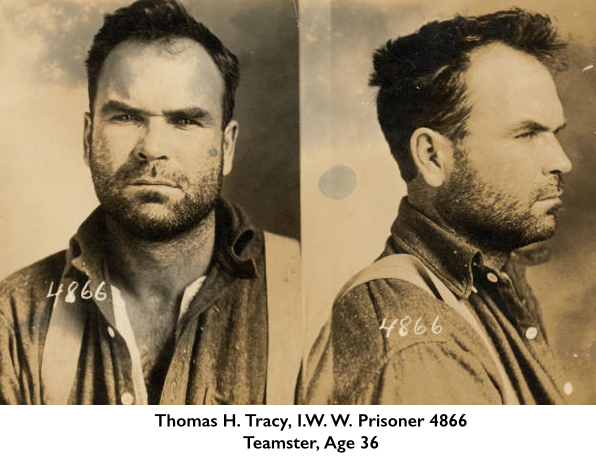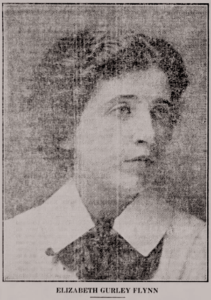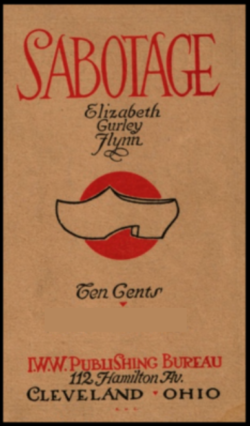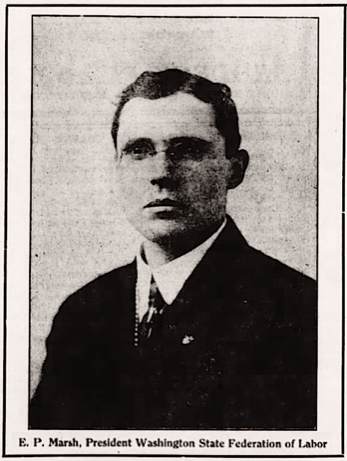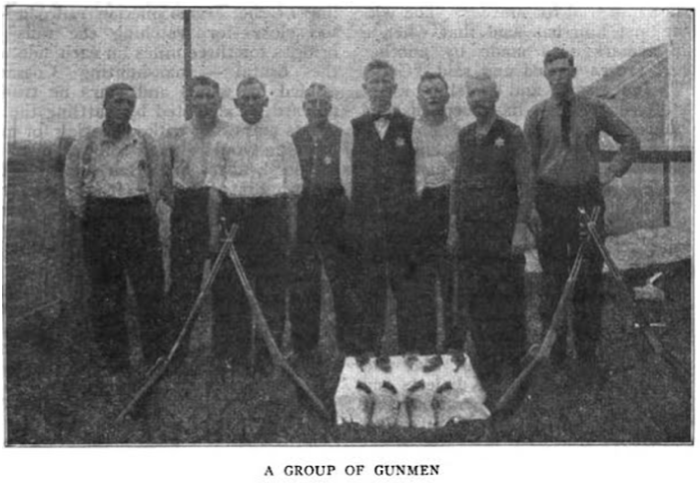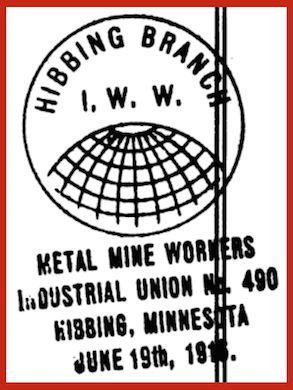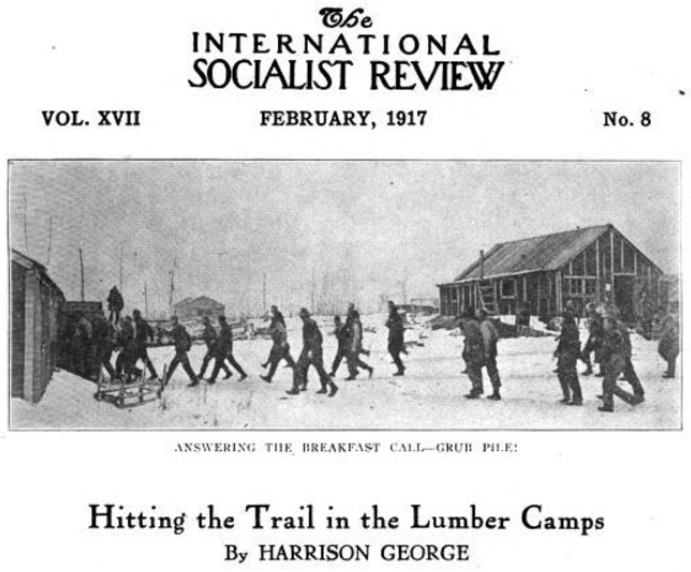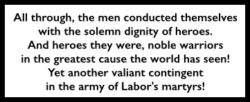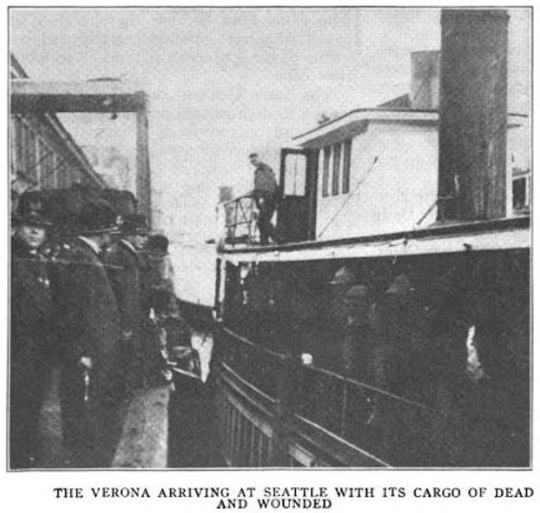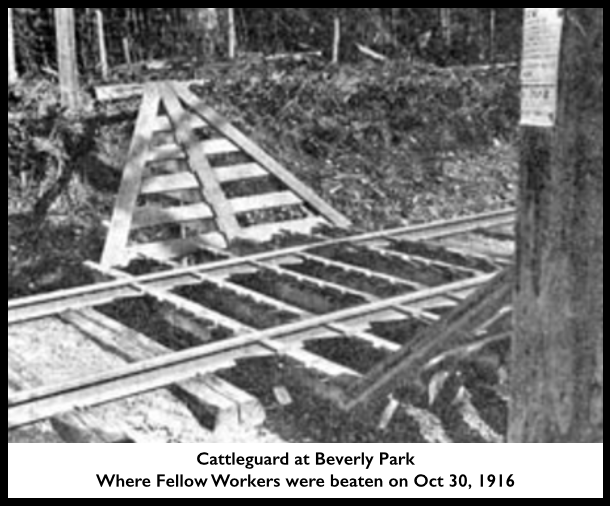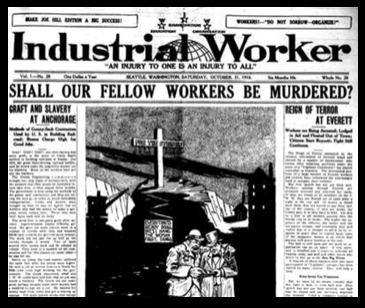You ought to be out raising hell.
This is the fighting age.
Put on your fighting clothes.
-Mother Jones
Hellraisers Journal, Wednesday March 21, 1917
Seattle, Washington – E. B. Ault Reports on Tracy Trial
![]()
E. B. “Harry” Ault, editor of the Seattle Union Record, organ of the Central Labor Council of Seattle and Vicinity, promises:
The Union Record has made arrangements to be represented at each session of the trial, and next week will cover the story from day to day covering those points the daily press avoids.
From the Seattle Union Record of March 17, 1917:
FAIR TRIAL ASSURED
THE FREE SPEECH PRISONERS
—–Judge J. T. Ronald Prevents State’s Attorneys
Taking Unfair Advantage-
Deputies So Far Heard as Witnesses
Bound to Convict Tracy-
I. W. W. Officers Prove Good
Antidote for Gunmen-
Jury to Get Liberal Education in Doctrines
of Organization on TrialBy E. B. AULT
With the second week of what may prove to be one of the greatest labor trials in history drawing to a close, in which Thomas F. Tracy, the defendant, is the first of 74 workers to be tried for the fatal fracas at Everett last November 5, one great outstanding fact is being made more and more apparent-in so far as Judge J. T. Ronald has power and influence, the trial will be absolutely fair.
Judge Ronald is the dean of the King County superior court, and it was probably for that reason he was chosen by Governor Ernest Lister to preside over these trials. His course throughout the examination of jurors and later on of witnesses, and his rulings on the introduction of testimony have been so fair and equitable as to call forth expressions of admiration from the large audience, many of whom had come to have but little respect for the law or for any one connected with its operation, owing to the many injustices they have suffered in the past at the hands of officers of the law.
A peculiarly pertinent case in point occurred on the afternoon of Thursday [March 15], when, after the “Sabotage” pamphlet by Walker C. Smith had been admitted as evidence, Prosecuting Attorney Lloyd Black read portions of the book to the jury. Mr. Black picked out only those portions which would tend to show sabotage as a method of violence, and carefully eliminated such portions as would show its use to be merely a matter of slowing up in work and without violent intent. As was natural, Defense Attorney George F. Vanderveer objected to the method of Mr. Black, declaring the desire was to prejudice the jury and not to establish any fact, and demanded the right to read with Mr. Black, supplying to the jury those parts of the text which were left out by the prosecutor. Judge Ronald ruled that was not permissible, and that Mr. Black was within his rights. The judge, however, closely followed the reading, and after Black had finished and had in one instance quoted all of a certain paragraph except the last sentence, which was set out in black type, he sent the jury out and heard argument on the point. The sentence omitted by Black was: “Note this important point, however, sabotage does not seek nor desire to take human life.”

